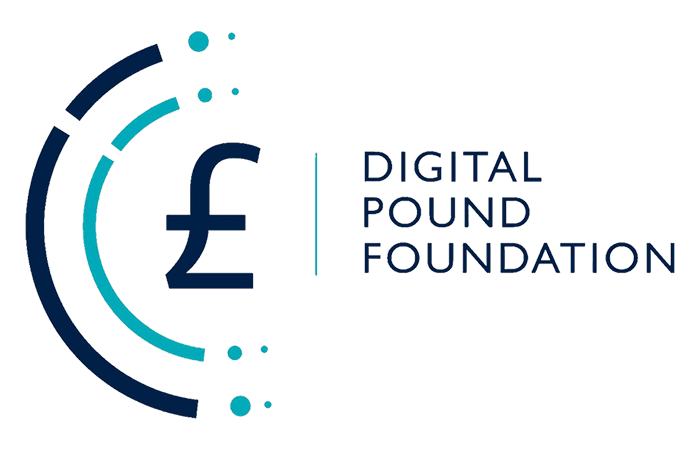Co-authored by Martin Hargeaves, Phil Kenworthy, and Jannah Patchay
Pay.UK is the leading operator of retail payments infrastructure in the UK. It operates most of the UK’s national retail payment systems: BACS, Faster Payments, and the Image Clearing System (which provides a digital mechanism for processing cheques). Pay.UK undertakes these activities under the supervision of the Bank of England’s Financial Market Infrastructure Directorate (FMID), and is also regulated by the Payment Systems Regulator (PSR). The systems that Pay.UK operates underpin many of the digital payments services provided by banks, fintechs and other payments providers, including direct debits, bill payments, internet and mobile banking, and mobile payments.

In 2018, Pay.UK launched its New Payments Architecture (NPA) programme, with the aim of consolidating and simplifying the clearing and settlement of payments between Payment Service Providers (PSPs – including banks and non-bank providers) and promoting competition in the service layers above. The architecture was originally designed to bring all of the above payment systems together onto one infrastructure with a single set of standards, rules, and processes, creating a platform that could support the evolution of payments in the UK. In July 2021, following a number of delays and the identification of a number of risks associated with the rollout, the PSR announced its intention to phase the rollout of the NPA, and to limit its initial scope in order to prioritise the most critical deliveries.
It is in this context that, on 2nd March 2022, Pay.UK launched its new strategy paper entitled Our Foundation for the future 2021-2026. The Strategy represents an attempt to balance ongoing enhancements to existing platforms with the delivery of Pay.UK’s “next generation payments platform” (or what was previously referred to as the NPA). Key features of the new payments platform include:
- A focus on robustness, resilience and scalability, particularly in light of the growing trend towards higher volumes of smaller value, more frequent payments.
- Adoption of the globally-recognised ISO2022 messaging standard.
- Real-time capability for point of sale transactions, thereby reducing the proportion of payments made by card.
- Lower barriers to entry for Pay.UK customers, through the provision of more connectivity options and automated testing environments.
- A safe and secure environment, involving the replacement of the current identity management solution and continuation of the ongoing work on fraud mitigation.
- Data benefits for end users and customers, making data available to the market in a secure, compliance way.

It is, however, notable that the Strategy makes no reference to the emergence of new forms of digital money, including both privately issued stablecoins and the potential introduction of a publicly issued central bank digital currency (CBDC) in the UK. Given the work being undertaken by HM Treasury and Bank of England at present in exploring the potential introduction of a CBDC in the UK, this seems a surprising omission. Whilst it is not necessarily anticipated that Pay.UK would want or need to provide infrastructure in direct support of a digital Pound (CBDC or otherwise), it would however be prudent to consider the potential interoperability requirements that might arise from the introduction of a CBDC in particular. This is particularly relevant given that many of Pay.UK’s payment system participants are likely to provide services in the future that bridge both traditional payments and payments based on digital currency.
This potentially means that any work on the new Pay.UK platform may not incorporate the necessary “hooks” to provide interoperability with a new digital Pound, and creates a significant risk with respect to the new platform’s resilience in the face of future developments – the extent to which it is “future-proof”. The original NPA blueprint, published in 2017, predates most discussions of both public and private digital currencies. In an alternate scenario, the Strategy could have represented an opportunity to look ahead to the changing and expanding payments landscape, and to develop a vision of Pay.UK’s new infrastructure in this context.

Given the risks and delays associated with development of the NPA to date, the PSR has published consultations that explore potentially limiting the scope of the new architecture to single immediate payments. These represent just part of what FPS currently handles, leaving the remaining payments processed by FPS and BACS in an ongoing state of uncertainty. In light of this it is possible that, for a significant period of time, PSPs may need to connect to multiple infrastructures for the same service coverage that they receive today. FPS also shares the same identity solution as BACS (meaning that PSPs using both BACS and FPS need only run a single identity solution at present), and so there is also a question as to whether they will retain compatibility in the future, or whether support for both will be required for this indeterminate interim period.
These challenges, arising from the phased introduction of the delayed new infrastructure, become more relevant for PSPs when considered in the context of other external changes to the landscape. Not only are they faced with the emergence of digital currencies and the new infrastructures associated with these, but also the emergence of digital identity solutions (which are integral to adoption of digital currencies). For PSPs wishing to maintain their existing business models as well as introducing new products and services that leverage the opportunities of a digital currency, these factors can pose significant barriers. In light of all this, it is a surprising omission that the new platform – designed to handle the UK’s real-time retail payment needs for the foreseeable future – does not contemplate the introduction of a digital Pound. Given Pay.UK’s position as the pre-eminent provider of retail payments infrastructure in the U.K., we believe this should be of concern to all stakeholders in the payments ecosystem – including policymakers, regulators, PSPs and end-users.
























































